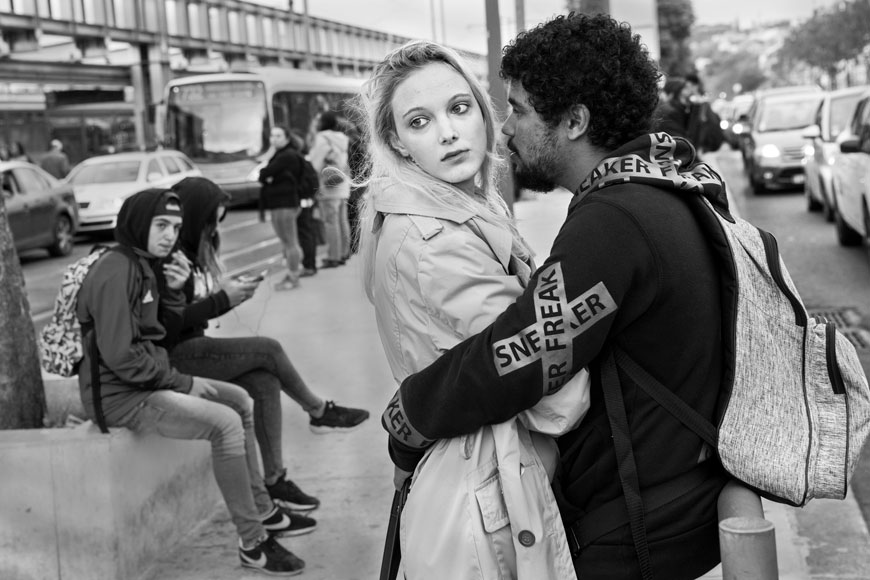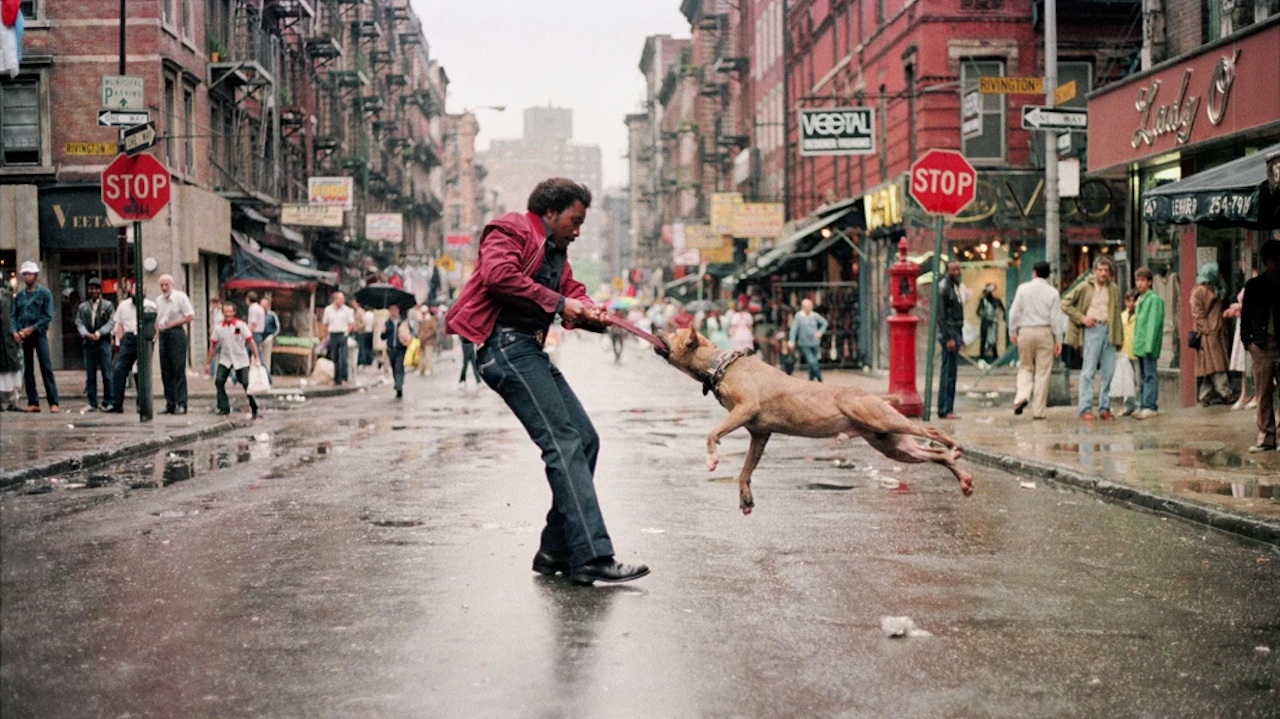Facts About Street Photographers Revealed
Facts About Street Photographers Revealed
Blog Article
Facts About Street Photographers Revealed
Table of ContentsThe Best Guide To Street PhotographersNot known Details About Street Photographers Street Photographers Fundamentals ExplainedRumored Buzz on Street PhotographersThe Only Guide for Street Photographers
Street photographers do not always have a social purpose in mind, yet they like to isolate and record moments which could otherwise go undetected.He was influenced by several of those who affected the road professional photographers of the 1950s and '60s, he was not primarily interested in catching the spirit of the road. The impulse to visually document individuals in public began with 19th-century painters such as Edgar Degas, douard Manet, and Henri de Toulouse-Lautrec, that functioned side by side with professional photographers trying to capture the essence of city life.
In comparison to Atget, professional photographer Charles Marville was hired by the city of Paris to produce an encyclopaedic record of Haussmann's city planning project as it unfolded, thus old and new Paris. While the professional photographers' topic was basically the exact same, the outcomes were noticeably various, showing the influence of the photographer's bent on the personality of the photos he generated.
Offered the fine high quality of his photos and the breadth of product, engineers and artists frequently got Atget's prints to make use of as referral for their very own job, though commercial interests were hardly his main motivation. Instead, he was driven to photograph every last remnant of the Paris he loved. The mingled enthusiasm and seriousness of his objective luster through, leading to photos that narrate his own experience of the city, high qualities that expected street photography of the 20th century.
4 Easy Facts About Street Photographers Explained
They disclose the city with his eyes. His job and basic understanding of digital photography as an art form offered as ideas to generations of photographers that adhered to. The future generation of street digital photographers, though they likely did not describe themselves as such, was introduced by the photojournalism of Hungarian-born digital photographer Andr Kertsz.
Unlike his peers, Brassa utilized a larger-format Voigtlnder camera with a much longer direct exposure time, forcing him to be much more calculated and thoughtful in his practice than he may have been if utilizing a Leica. (It is assumed that he might not have been able to manage a Leica during that time, but he did, nonetheless, use one in the late 1950s to take colour photographs.) Brassa's pictures of the Paris abyss lit up by artificial light were a discovery, and the compilation of the series that check here he published, (1933 ), was a major success.
Cartier-Bresson was a champ of the Leica electronic camera and one of the very first photographers to optimize its capabilities. The Leica enabled the photographer to connect with the environments and to record minutes as they took place. Its reasonably small dimension likewise aided the digital photographer fade right into the history, which was Cartier-Bresson's preferred approach.
Some Known Details About Street Photographers
It is since of this basic understanding of the art of image taking that he is check out this site frequently credited with rediscovering the tool all over again approximately a century considering that its development. He took photos for more than a half century and affected generations of professional photographers to trust their eye and intuition in the minute.
These are the inquiries I will attempt to answer: And after that I'll leave you with my very own meaning of street digital photography. Yes, we do. Let's begin with defining what a definition is: According to (Street Photographers) it is: "The act of specifying, or of making something guaranteed, unique, or clear"
No, definitely not. The term is both restricting and misdirecting. Seems like a street digital photography must be pictures of a roads ideal?! And all street digital photographers, with the exception of a handful of outright beginners, will totally appreciate that a road is not the crucial component to road photography, and in fact if it's an image of a road with perhaps a couple of dull individuals not doing anything of interest, that's not street digital photography that's a picture of a road.
Some Known Facts About Street Photographers.
He makes a legitimate point don't you believe? While I agree with him I'm not certain "honest public digital photography" will certainly catch on (although I do kind of like the term "candid photography") since "street photography" has actually been around for a lengthy time, with lots of masters' names affixed to it, so I think the term is below to remain (Street Photographers).
Inside?! I hear you shout as you shake your fist to the sky. Why not? You can shoot at the beach, at a celebration, in an alley, in a park, in a piazza, in a cafe, at a museum or art gallery, in a city station, at an occasion, on a bridge, under a bridge ...

What Does Street Photographers Do?

Report this page